Rare Tea Farm Profile
Jun Chiyabari Tea Garden
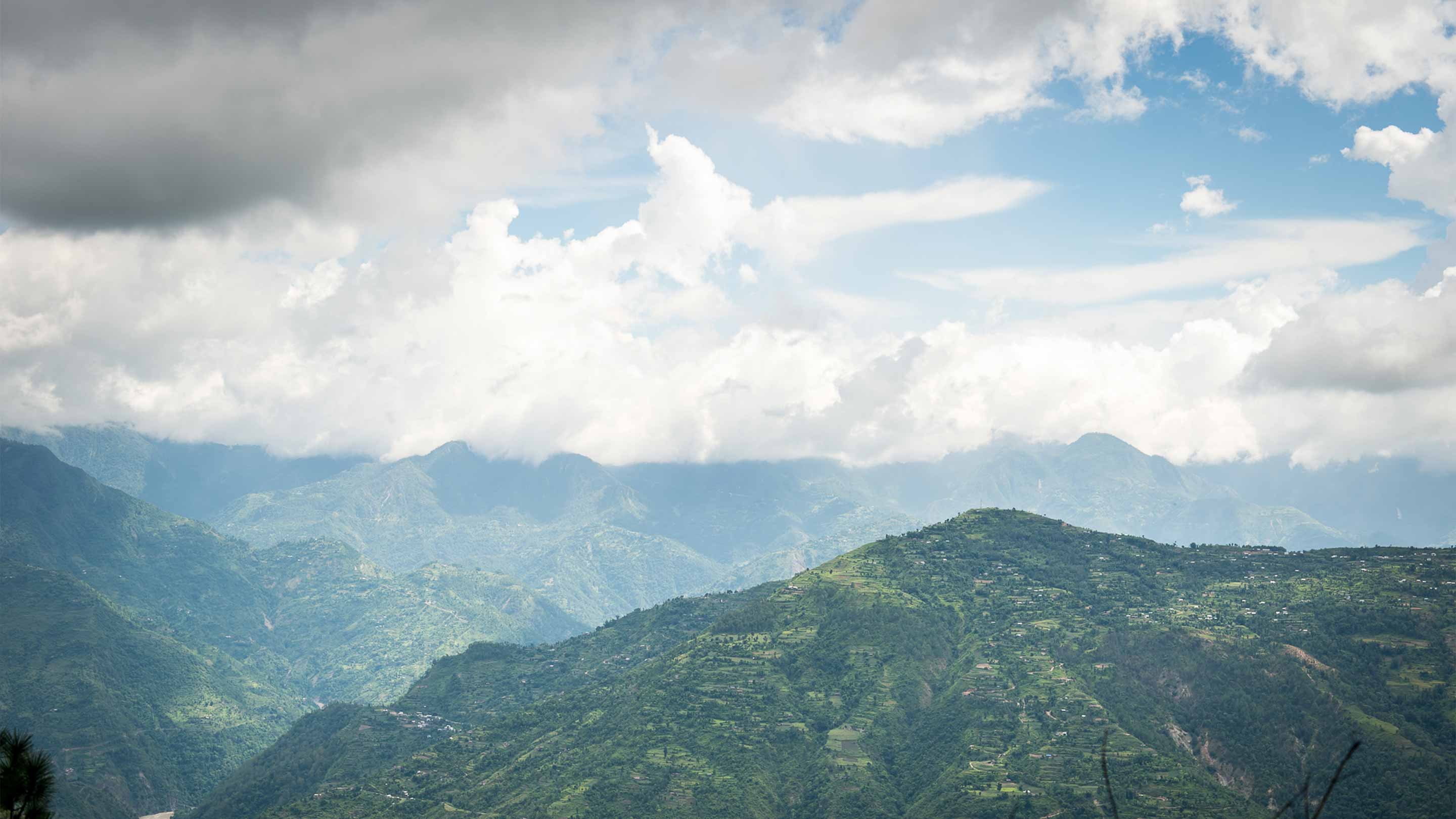
Dhankuta, Eastern Nepal
-
Full Name: Jun Chiyabari Tea Garden (Moon-lit Tea Garden)
Country: Nepal
-
Location: Dhankuta, Eastern Nepal
Coordinates: N 27° 01'E 087°19’
-
Closest Town: Hile
Altitude: 1650-2200m. Average 1850m.
-
Head Teamaker: Morris Orchard
Number of Employees: Approx. 200 – mainly women
Extract from Infused:
“Tea is, of course, much more than rescue and remedy. It can be a source of pure joy, offering you a proper buzz of elation from its flavour alone. I’m particularly partial to a Nepali black tea for elevenses, and perhaps a ginger biscuit. Specifically, the teas of Jun Chiyabari...”
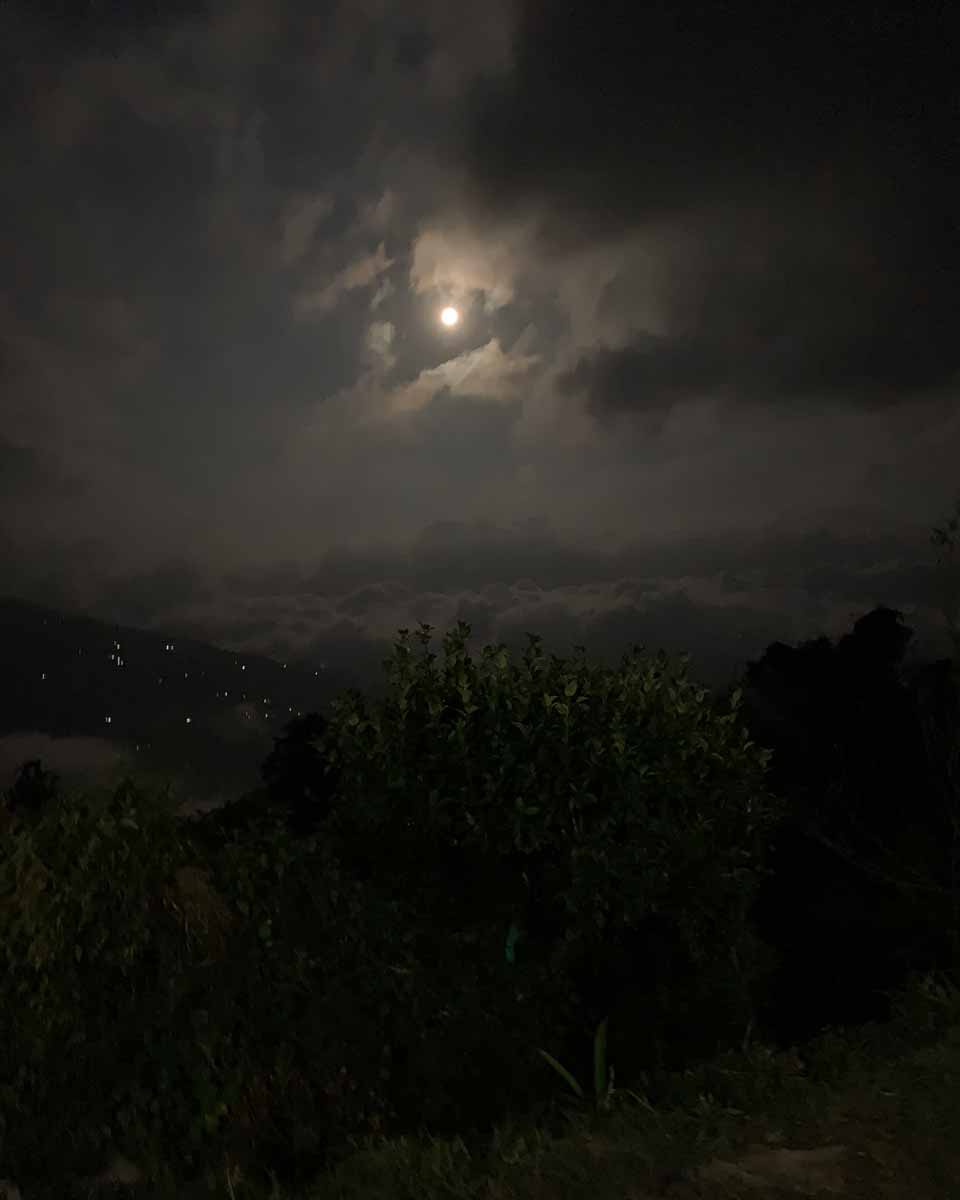
The Jun Chiyabari Tea Garden (Moon-lit tea garden – Jun means ‘moon’ in Nepali) was started from scratch by two brothers, Bachan and Lochan Gyawali in 2001.
In early 2000 they began scoping out various sites in Eastern Nepal with the dream of making their own tea.
Jun Chiyabri is located in the Dhankuta district, near the small village of Hile - the range in elevation is 1650-2110m above sea level, making it the highest altitude tea garden that we work with.
They employ over 200 local people, the majority of whom are women.
Over the years they have slowly been purchasing different plots as and when they can. As a result, the tea garden is made up of 96 hectares spread over 5 divisions throughout the hills – this mixed range of terroir exemplifies the unique flavour of their finished teas.
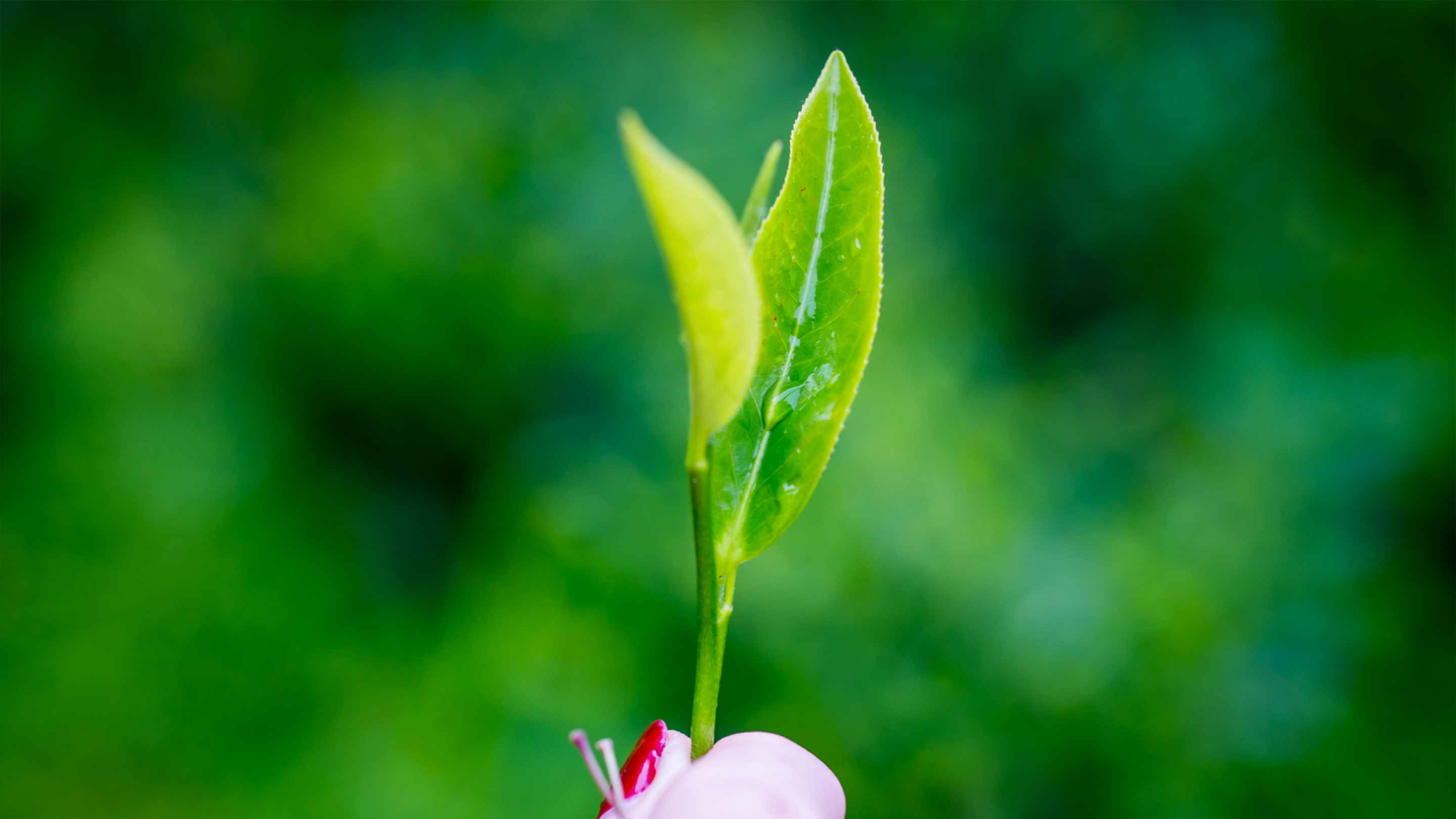
The underlying philosophy of Jun Chiyabari is respect for produce, people and place.
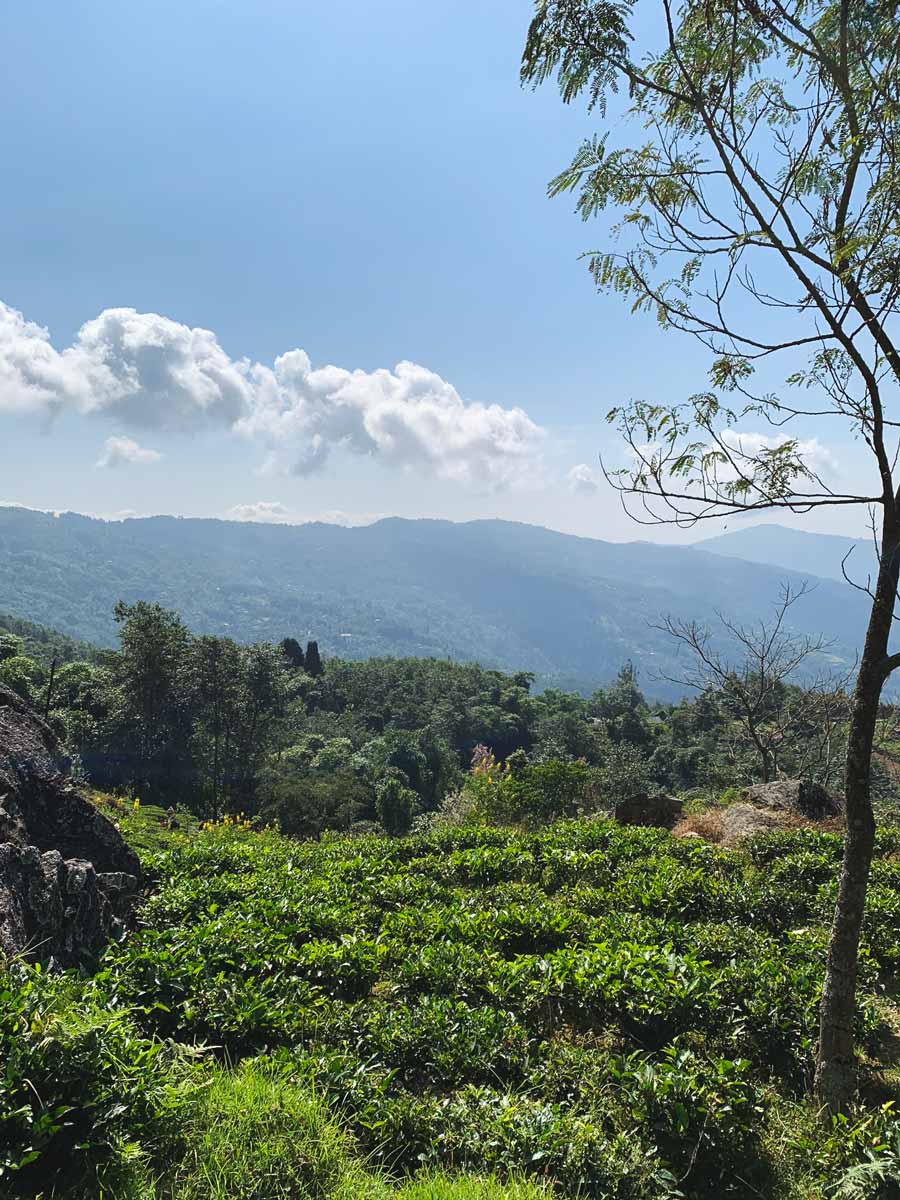
Jun Chiyabari has always adhered to organic principles with official certification granted in 2012.
Today, they are moving even further into sustainable practices with a concept known as 'natural farming', an approach popularised by the Japanese philosopher/farmer Masanobu Fukuoka.
In the beginning, many of the cultivars planted came from Darjeeling, however after a steep learning curve with plenty of trial and error Jun Chiyabari now puts special emphasis on mixed cultivar - you’ll find a wide range of varietals from India, China, Japan and Taiwan.
Today, they’re even starting to create their own – JO – Jun Chiyabari Original.
The gardens are tended and the tea crafted under the wonderful Morris Orchard.
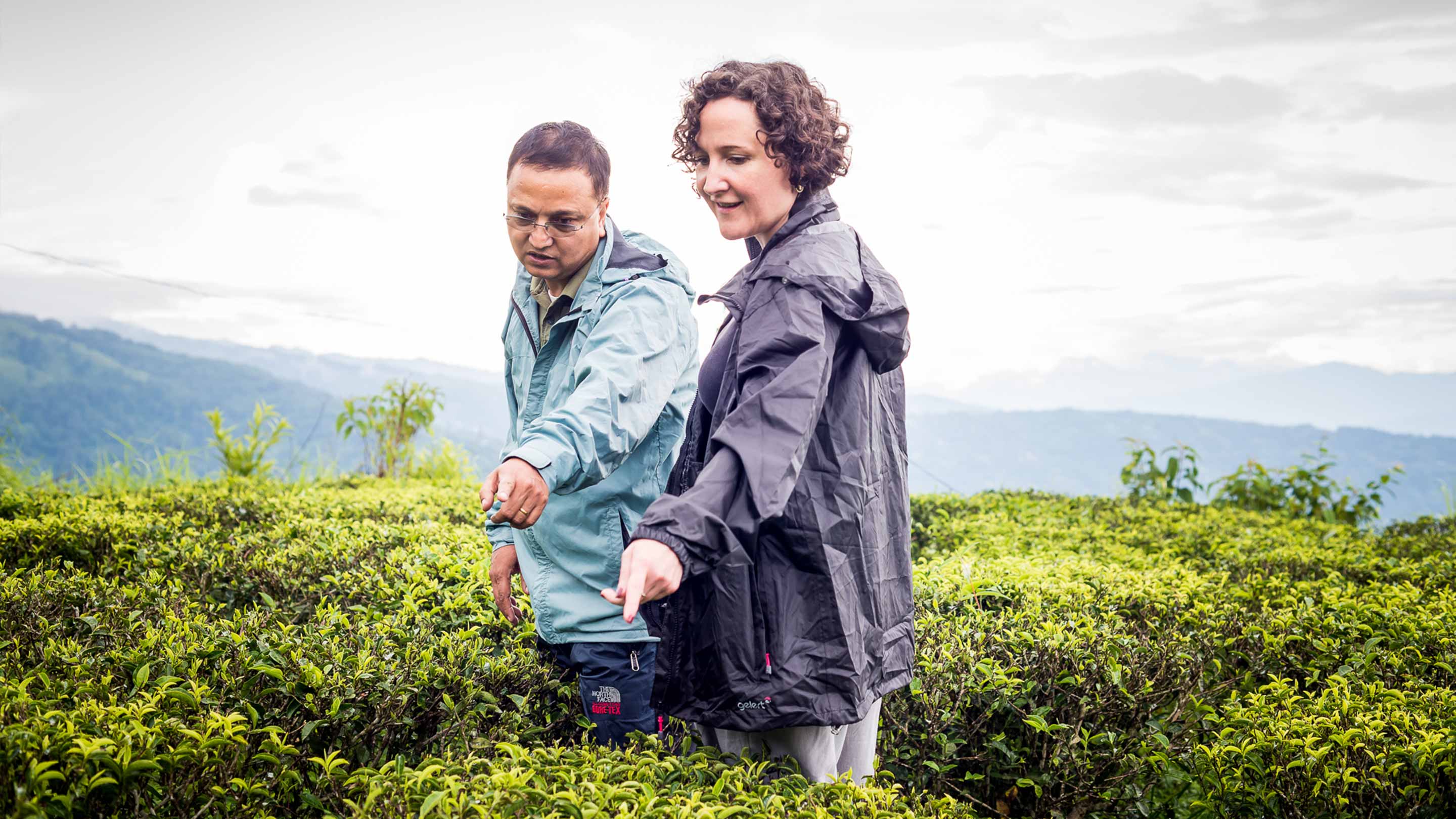
Quote from Infused:
“Morris has a round face that creases easily into a deep smile, but there is a seriousness about him, as with Alexander at Satemwa, that comes from the responsibility he carries for the land and the people who live and work on it. Both men are very gentle, thoughtful, quiet even, but with the mischievous streak of revolutionaries and a concrete determination.”
Language is a very important part of the tea philosophy at Jun Chiyabari – they prefer not to use the term ‘orthodox’ to describe the type of teas they are making – they would rather be known for crafting ‘high mountain teas’.
There are six harvest seasons at Jun Chiyabari, allowing them to produce a wide array of speciality teas along the oxidisation spectrum.
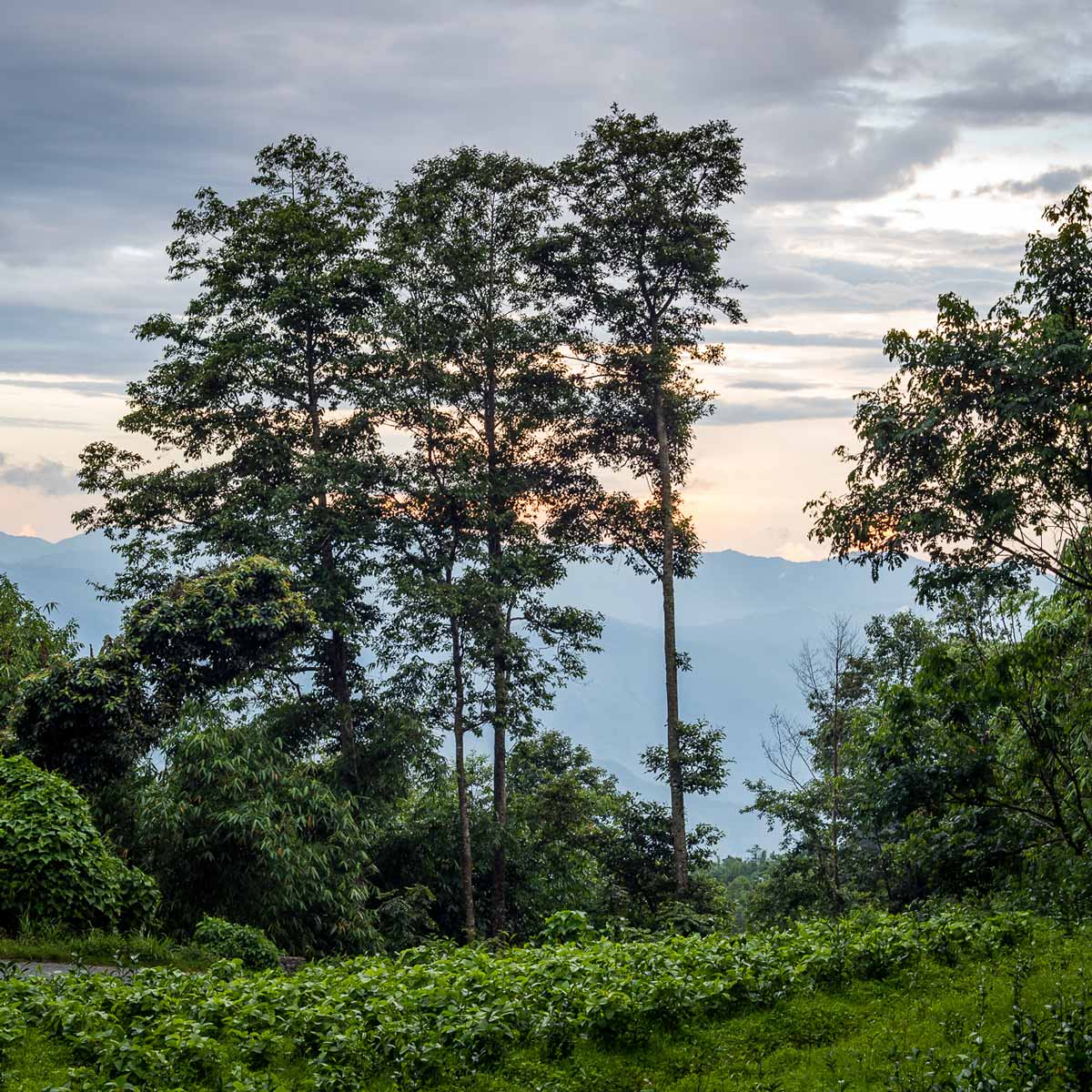
The dates of the harvest vary and depend on the climate and weather; however, they usually fall within these parameters:
Early Spring: March
Spring: April - early May
Dormancy period: mid to end of May
Early Summer: June - mid-July
Summer: Mid-July - September
Autumn: October - November
Winter: December
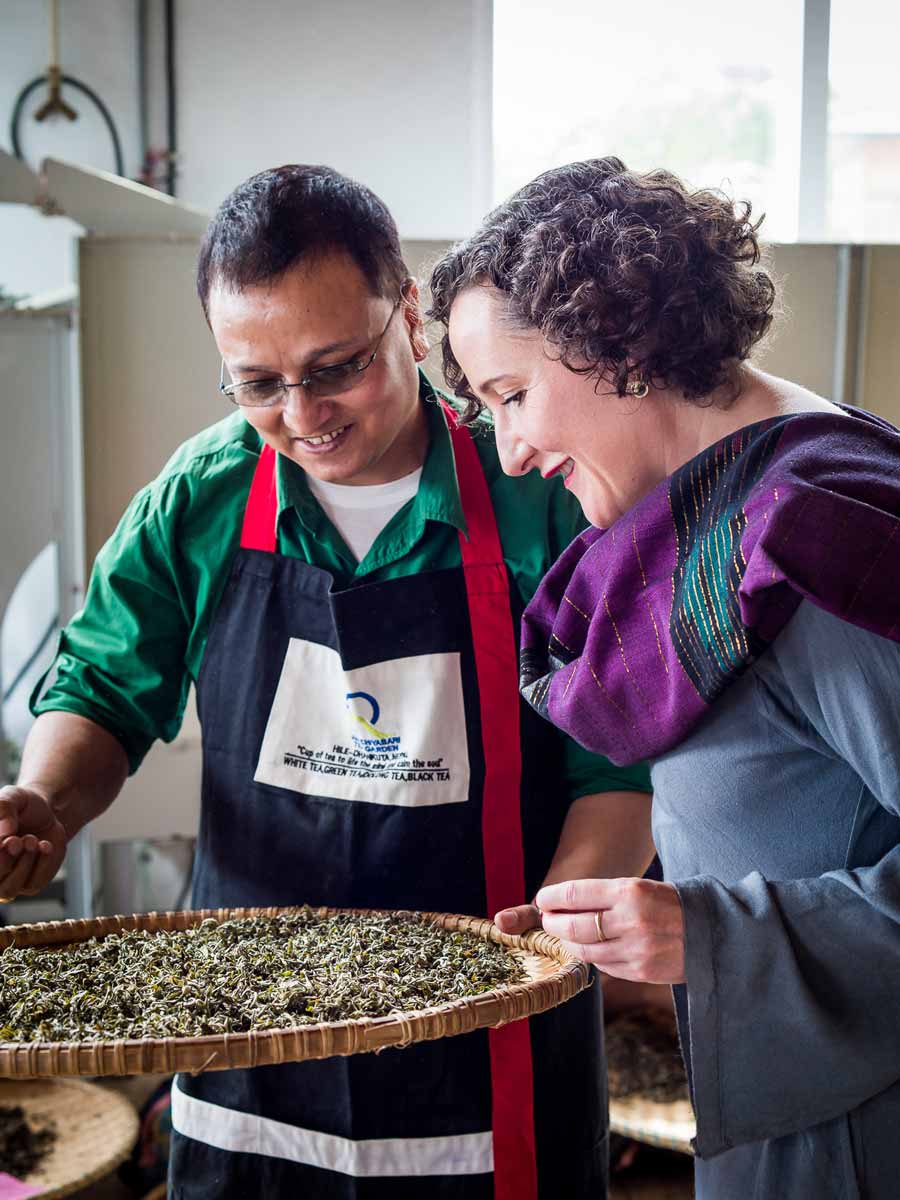
Morris Orchard and the team have honed their skills over the years, developing unique (and some secret!) crafting methods; each recipe is artisanal and distinctive.
However, ‘recipe’ is a loose term as they rarely focus on specific timings when withering and oxidising the leaves because many external factors come into play; instead they use their senses at every step – sight, smell and touch.
Tea making at its finest.
While employment is critical for providing financial independence, Bachan believes that:
"...an educated citizenry is singularly the most important asset that a nation can have. We view investment in education in the same way as our nurturing of young tea saplings that grow to become mature, healthy bushes that produced quality teas."
We’re extremely proud to partner with the Jun Chiyabari Tea Garden and share their teas with you.
Our range of tea & herbs from Jun Chiyabari
-
Rare Afternoon Tea
Regular price From $15.00Regular price$0.00 $0.38 per cup$0.00Sale price From $15.00 -
Nepali Gunpowder Green
Regular price $21.00Regular price$0.00 $0.28 per cup$0.00Sale price $21.00 -
Nepali Himalayan Black
Regular price $26.00Regular price$0.00 $0.65 per cup -
 Caffeine Free
Caffeine FreeRare Nepali Cherry Blossom
Regular price $58.00Regular price$0.00 $0.97 per cup -
Nepali Himalayan Spring
Regular price $30.00Regular price$0.00 $1.00 per cup













